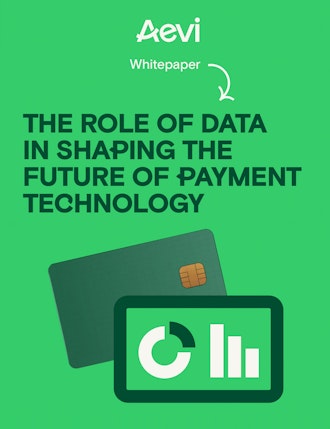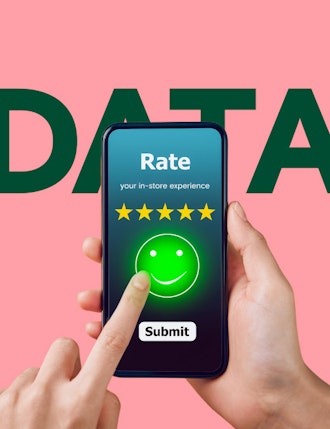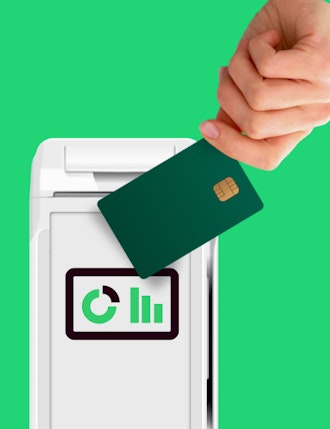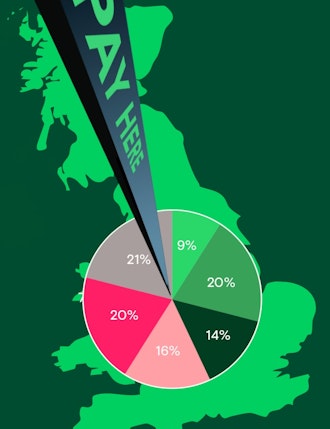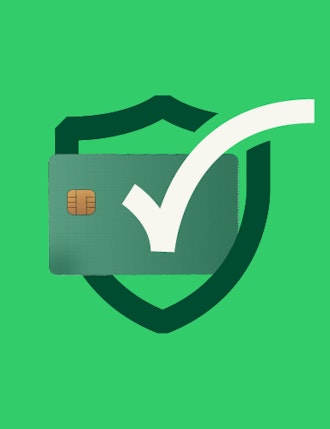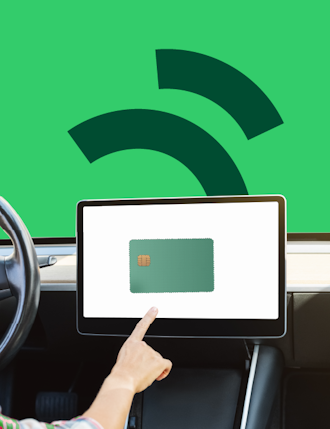Key Insights
-
Transactional data captures key details of every payment - amount, time, method, location, and more.
-
It's collected automatically through POS systems, e-commerce checkouts, digital wallets, and billing platforms.
-
Benefits of transactional data include improved decision-making, customer insight, operational efficiency, and fraud detection.
-
Payment providers who help merchants access and apply this data can deliver greater value and stickier solutions.
- Aevi’s cloud-based platform enables secure, real-time access to payment transaction data across devices and channels.
Don't have time to read more now? Sign up to our newsletter to get the latest insights directly in your inbox.
Data is everywhere, but not all data is created equal. If you want to help your merchants unlock smarter decision-making, better customer experiences, and long-term revenue growth, there’s one data type that stands out: transactional data.
But what is the definition of transactional data, and why does it matter? How is it collected, and what can it be used for? Well, in the context of payments and payment enablement, if data is indeed everywhere, then transactional data is indeed everything.
Whether you're a merchant acquirer, payment enabler, ISV, or PSP / ISO, helping your business customers make sense of their payment transaction data is a powerful way to deliver more value from your platform, so let’s take a deeper look at it in action…
What is transactional data?
Every time a customer taps a card, confirms a checkout online, or renews a subscription, a digital footprint is created. That moment - the exchange of value - is both a payment and a rich source of insight. And that’s exactly what transactional data is all about: rich sources of insights about your customers’ payment patterns.
So, what’s included in transactional data?
Put simply, transactional data refers to the information captured whenever a payment or financial interaction takes place. This includes everything from the amount, time, and location of a transaction, to the payment method, items purchased, and even the device type or customer ID involved.
It’s distinct from other forms of business data like customer profiles or browsing behavior, as while those tell you who a customer is or how they interact with a brand, transaction data shows what they actually do - what they buy, how often, and through which channels.
That’s what makes payment transaction data such a powerful tool, as it goes beyond theory to offer real-world insight.
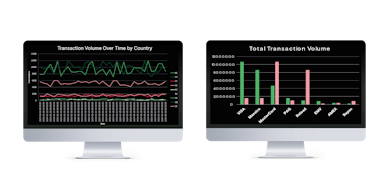
How is transactional data collected?
In most cases, transactional data is gathered automatically at the point of sale (POS) - either online or in-store - through a merchant’s payment infrastructure. That could include:
- Card readers and POS systems
- E-commerce checkouts
- Digital wallets and mobile payment apps
- QR code or NFC-based transactions
- Subscription billing platforms
Every time a customer completes a transaction, the system logs the data in real time, making this one of the most accurate and reliable sources of information a business can access.
What is transactional data used for?
Now that you know what transactional data is, let’s look at how it actually helps your merchants.
At its core, transactional data is the foundation of commercial insight, and it’s a tool that, when used properly, can drive smarter decisions and improve customer experience.
To help you get a grasp of what payment transaction data can do in real world scenarios, here are a few examples which explain them…
- Track sales and revenue performance
A retailer can spot daily, weekly, or seasonal spikes by analyzing transaction volumes helping them plan staffing, marketing campaigns, and stock levels in real time.
- Understand customer buying behaviour
Food delivery companies are leveraging transactional data to enhance customer experiences and streamline operations. For instance, Grubhub analyzed data from over 4,000 dishes across 80,000 restaurants to develop an algorithm that predicts and recommends dishes to users, improving order accuracy and satisfaction. Similarly, Uber Eats utilizes data analytics to optimize delivery times by considering factors like meal preparation durations, traffic patterns, and weather conditions, ensuring timely and warm deliveries. By providing your merchants with access to such transactional data, they can gain valuable insights into customer preferences and operational efficiencies, leading to enhanced service delivery and increased customer loyalty.
- Identify high-performing products or services
A SaaS platform reviews transaction data to find which pricing plans convert best - and which have the highest churn rate - helping to shape future product tiers.
- Detect patterns across channels, regions, or time periods
An omnichannel clothing brand sees that in-store purchases spike during weekends, while mobile purchases are more frequent late at night. They adjust promotions and stock accordingly.
- Feed into loyalty programs and promotions
A quick-service restaurant links transactional data to its app users, allowing it to reward loyal customers based on actual spend, not just visits.
- Reduce fraud and track suspicious activity
A hospitality business flags a sudden surge of transactions from the same IP address using transaction timestamps and device IDs, triggering a review and avoiding chargeback losses.
Beyond these day-to-day uses, transactional data serves as a cornerstone for more advanced applications that can significantly enhance business operations:
- Predictive Analytics
By analyzing historical payment transaction data, businesses can forecast future sales trends and inventory needs, enabling proactive decision-making. For example, Coles Liquor implemented an AI-driven forecasting system that considers factors like events, promotions, and weather patterns to predict consumer demand for alcoholic beverages. This approach allows for better stock management, ensuring popular products are available during peak times.
- Personalized Marketing
Transactional data enables businesses to tailor marketing efforts to individual customer preferences. McDonald's leveraged machine learning technology to personalize drive-thru menus based on factors such as weather and historical sales data, enhancing customer experience and potentially increasing sales.
- Inventory Management
Accurate demand forecasting through transactional data helps maintain optimal inventory levels, reducing both overstock and stockouts. Fashion retailers are increasingly adopting AI-powered demand forecasting tools to address inventory challenges, ensuring that products align with current consumer trends and reducing waste.
By integrating these advanced applications, businesses can transform raw transactional data into strategic insights, nurturing growth and competitive advantage.
So whether you're working with global retailers, software providers, or service-based businesses, the benefits of transactional data are both immediate and long-term.
For payment providers and enablers, enabling access to this data can help merchants unlock more actionable insight from every transaction, making your platform more valuable in the long run.
Benefits of transactional data (and why it matters to your merchants)
As a payment enabler, one of the most valuable things you can offer your merchants - beyond fast, secure transactions - is insight, with transactional data serving as the foundation..
By helping your merchants access and understand their payment transaction data, you’re processing payments and enabling smarter, more strategic businesses.
Here are the key benefits of transactional data you can highlight to your customers:
- Smarter decision-making
Transactional data gives merchants a clear view of what’s selling, when, and through which channels. That means sales, marketing, and inventory decisions can be based on real behavior, not guesswork.
- Better customer experience
Understanding buying habits allows merchants to personalise offers, fine-tune loyalty programs, and tailor omnichannel services - improving satisfaction and retention.
- Faster revenue growth
From identifying high-performing products to spotting churn risks early, transactional data helps merchants act quickly on opportunities and make confident commercial decisions.
- Operational efficiency
Data-driven insights help businesses optimize everything from staff scheduling to stock levels, reducing waste and improving flow both online and in-store.
- Stronger fraud prevention
Recognising unusual patterns in transaction behaviour allows for faster detection of fraud or chargeback risks, especially when paired with machine learning or tokenization tools
For your merchants, this kind of data unlocks long-term value. For you, it means deeper platform engagement, increased stickiness, and a compelling reason to choose your solution over others.
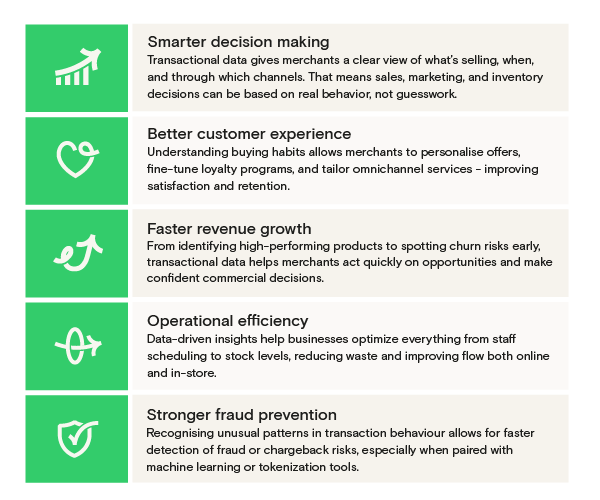
“After attending several events and speaking with partners and clients, it’s clear: payments today are about more than just transactions. Data is a key part of that "more". Merchants need insights to grow, but often lack the time or tools to make sense of raw data. Merchant-serving businesses that turn data into actionable insights can truly add value. Aevi’s platform helps simplify payment operations while enabling real-time data access, flexibility, and scalability, empowering better decisions for merchants”
Sarah Koch, Director of Marketing and Communications, Aevi
Now is the time to get into the transactional data
So far, we've covered what transactional data means, how it's collected, and what it's used for. But here’s why it matters now more than ever:
- Payments are becoming more digital, dynamic, and distributed. The global digital payments market is experiencing unprecedented growth. In 2024, the sector generated $1.5 trillion in revenue, marking a 15% increase from the previous year. Notably, mobile payment services contributed approximately $1 trillion, accounting for nearly 70% of the total digital payment revenue.
- Customer expectations are higher than ever. Today’s customers want speed, personalization, and convenience. According to surveys, 74% prioritize faster checkouts, and 25% say slow payments are a major pain point. Merchants must use transactional data to streamline payment flows and deliver experiences that meet modern expectations.
- Merchants need real-time, actionable insights to stay competitive. With consumer behavior shifting constantly, merchants can’t afford to rely on outdated reporting. Real-time access to transactional data helps them adapt quickly, spotting trends, refining pricing strategies, and optimizing stock levels to stay ahead of competitors and keep customers coming back.
Ready to unlock smarter insight from every transaction?
By helping your merchants extract value from their transactional data, you’re offering them a payment solution, as well as giving them a commercial advantage.
Aevi’s cloud-based payment platform is designed to support this. By enabling device-agnostic data collection, integration with third-party apps, and real-time access to payment transaction data, we help payment enablers and their merchants move beyond transactions and into smarter, data-led growth.
Let’s talk about how Aevi can help you support your merchants with real-time, data-driven payment tools. Get in touch today.
Interested in reading more around this subject? Here are some useful articles…

